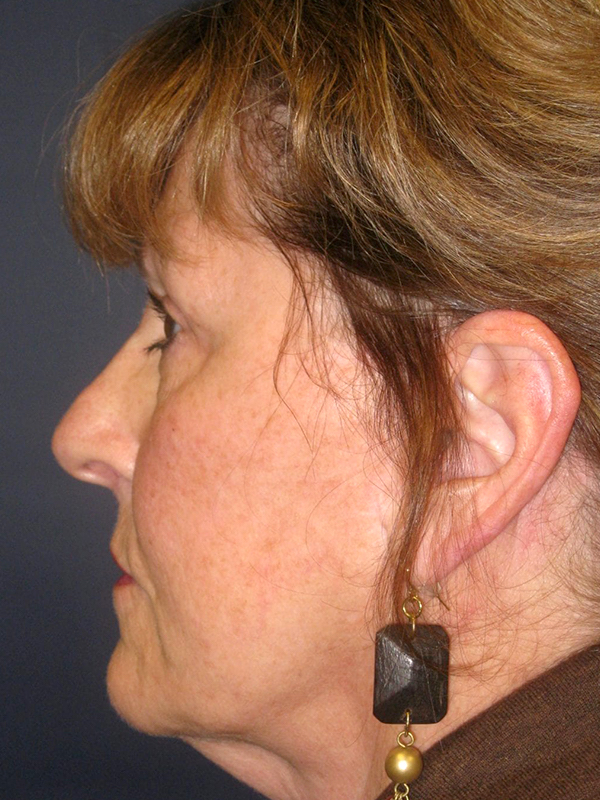Preparing for Facelift and Neck Lift
The first step in preparing for a facelift is to attend a private consultation with a plastic surgeon you trust. During this meeting, you will have the opportunity to discuss your aesthetic goals and concerns. The doctor will review your medical history, then together you will create your facelift surgery treatment plan.
Before your procedure, you may be asked to stop taking certain medications, such as blood thinners, aspirin, anti-inflammatory drugs, and supplements. You should quit smoking prior to surgery.
The Facelift and Neck Lift Procedure
A facelift/neck lift is an outpatient procedure, and is performed under general anesthesia. Before beginning the surgery, your plastic surgeon will create markings on your face and neck. Incisions will be placed within the natural contours of your face or behind the hairline, and may also extend behind the ears. The surgeon will strategically remove excess skin and fat, then tighten underlying muscles and reposition supporting tissues. Liposuction may also be used to achieve the most favorable face, neck, and chin contours. Once your cosmetic surgeon is satisfied that the results look natural and symmetrical, the incisions will be closed.4
Recovery After Facelift and Neck Lift
Following facelift/neck lift surgery, you will need to be driven home by a friend or family member. You may desire for this person to help you with daily care for the first few days after your facelift.
It is normal to experience some swelling and bruising after a facelift/neck lift, and your surgeon will prescribe medication to help you remain comfortable as you recover. You will also be prescribed antibiotics to minimize any risk of infection.
All patients recover from a facelift at their own rate. Most of our patients are able to return to their normal activities roughly two weeks after a facelift. The best way to ease your facelift recovery is to carefully follow your doctor’s instructions.









